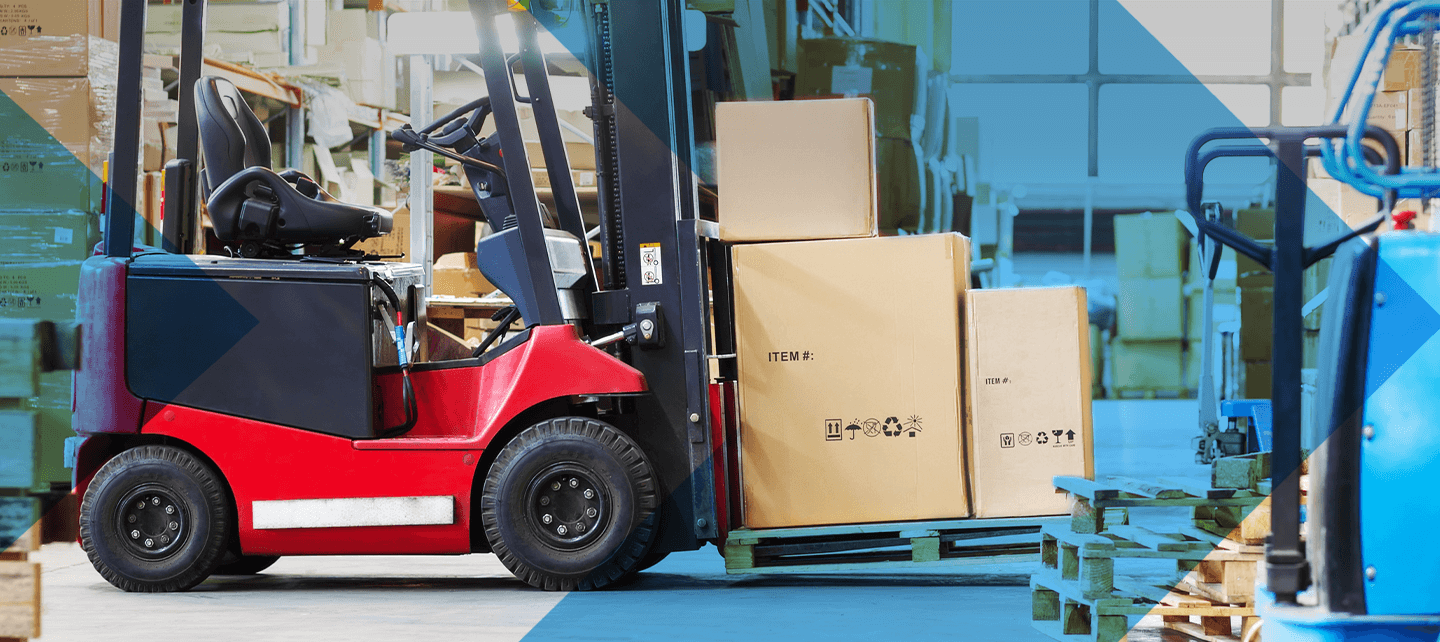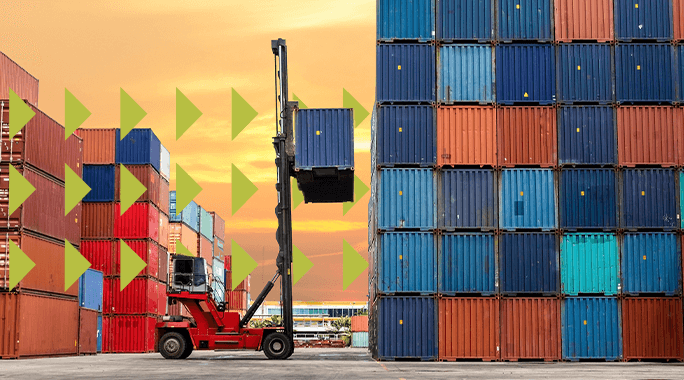BLOG POST
The Dos and Don’ts of Large Package Shipping

Reading Time: 3 minutes
Shipping large and heavy items takes a lot of extra care and attention - and for good reason! Large packages can be susceptible to damage if not packaged properly, and potentially can cause harm to handlers or damage other shipments - any of which can cost you time and money. The good news is that with proper care, large parcel shipments don't have to be a big hassle. Use this list of dos and don'ts as a guide for properly preparing and shipping large packages.
Large Package Shipping Dos and Don'ts
Packaging Materials
Start by utilizing specially designed packaging materials to protect large and heavy items during transit.
Do
- Use sturdy, corrugated or double-walled boxes. Boxes with stitched or stapled seams are stronger than glued seams and will protect heavy shipments better.
- Fill voids between items and parts with cushioning materials that will help reduce movement.
- Use heavy-duty foam board, such as Polyethylene foam, to reinforce the box walls.
- Use reinforced, heavy-duty packing tape.
Don't
- Reuse old boxes as they can become flimsy and weakened by repeated use and humidity.
- Use masking tape, duct tape or other tapes that lose their adhesive properties in extreme temperatures.
- Use cushioning materials or paper that can crush under pressure or compact easily.
Packing Methods
Apply proper packing techniques and secure your shipping container to minimize the risk of large or heavy items breaking through the packaging.
Do
- Wrap fragile items separately and separate them with cushioning pads or cardboard partitions.
- Wrap sharp objects with protective packaging to keep them from puncturing the outer box.
- Pack irregularly shaped items in a box of adequate size and fill in the void with sturdy packaging materials.
- Place heavy items in the center of the box and protect it from the sides of the box with void filler.
Pro Tip: You can place the box inside a bigger box for added reinforcement and add padding material between the boxes to avoid movement. (though know this will increase your DIM weight if shipping parcel)
- Tightly seal the box on all seams - the bottom, top and each edge - and reinforce box corners with strong packing tape.
- Apply a "heavy package" sticker next to the address label on the right on all UPS shipments weighing more than 70 lbs. Write the package's weight on the shipping label.
- Use LTL freight to economically ship items that are too large for parcel shipping. Secure the items in a box or on a pallet or put the boxes on a pallet for additional reinforcement.
- Make sure when using a pallet for LTL shipping that the item doesn't hang beyond the edges. Secure it with straps or stretch film. Cover any sharp edges with protective cushioning.
Don't
- Ship boxes with items that are loose inside - carriers may refuse the shipment. Fill the spaces with cushioning materials.
- Leave heavy, sturdy items unpadded. They can break through strong cardboard during transit and rough handling.
- Use newspapers, packing paper or other fillers that can crush or crumble under heavy weight.
- Make a box too heavy. If possible, break up the shipment or disassemble an item and place them into multiple boxes.
Shipping Modes
Did you know that you could save when shipping large packages by utilizing less-than-truckload services?
Do
- Partner with a reliable third-party logistics (3PL) provider like Worldwide Express that offers both parcel and freight shipping services to get the best solutions for each shipment.
- Inform your carrier that you have a large or heavy package to ship. Calculate any added costs beforehand to help you budget and avoid surprise fees.
- Consider volume LTL and partial truckload as options for shipping large items.
Don't
- Take too long to schedule your shipment. Planning early can help save on costs by shipping heavy items by ground or LTL instead of by air.
Fees and Charges
Both parcel and LTL freight shipping may assess additional fees for large and oversized shipments.
Do
- Familiarize yourself with UPS® shipping guidelines and UPS oversized package regulations to avoid additional fees and charges.
Pro Tip: UPS considers packages that weigh more than 70 lbs. as heavy or large shipments. Anything above 150 lbs. is considered oversized. Shippers of oversized packages will get charged Over Maximum Limits fees and/or be required to ship using LTL services. LTL freight will typically charge accessorial fees for items that exceed 12 feet in length.
Don't
- Go in blindly without calculating your shipping costs ahead of time. This could cost you valuable time and money in the long run.
Learn How To Ship a Large Package the Right Way with Worldwide Express
If you occasionally ship large or heavy items, it's important to ensure you're taking all the necessary precautions to protect both your shipment and your bottom line. By partnering with a trusted 3PL, you can take a load off knowing that you have access to industry-leading expertise and reliable carriers for even your most challenging shipments. With small package shipping (and large package shipping) options from UPS - plus a full suite of freight shipping solutions and comprehensive shipping insurance plans - Worldwide Express has everything you need to succeed when shipping large packages.





